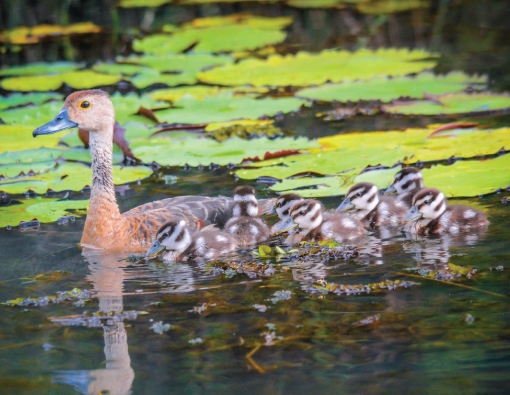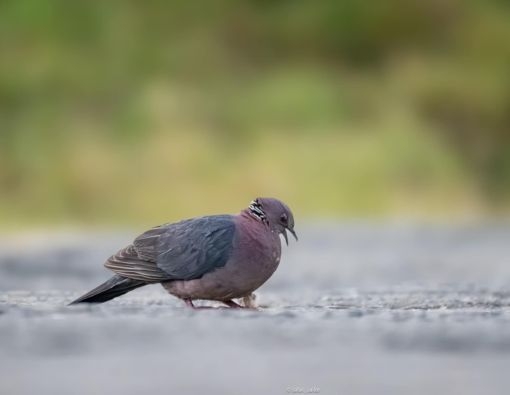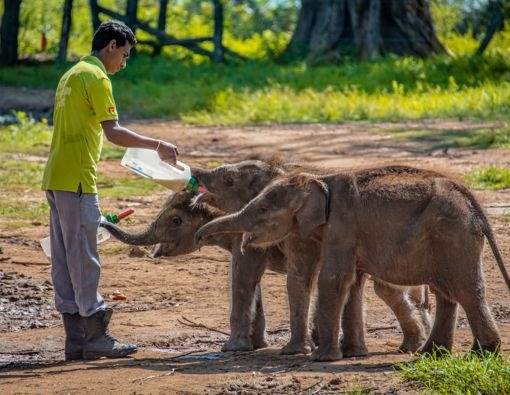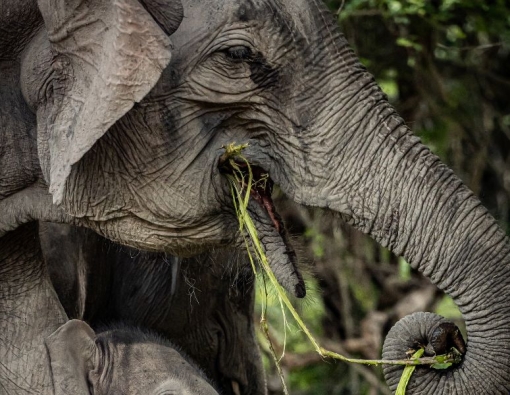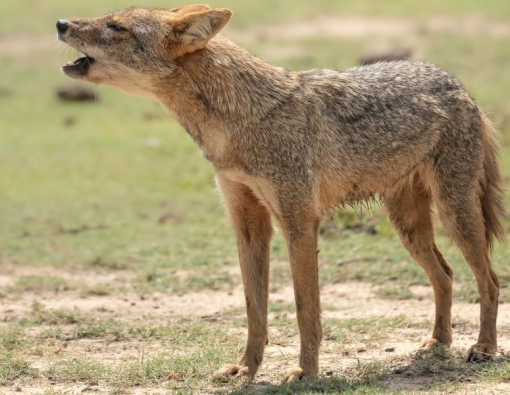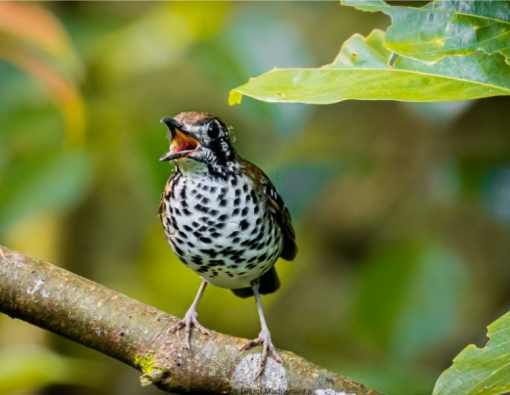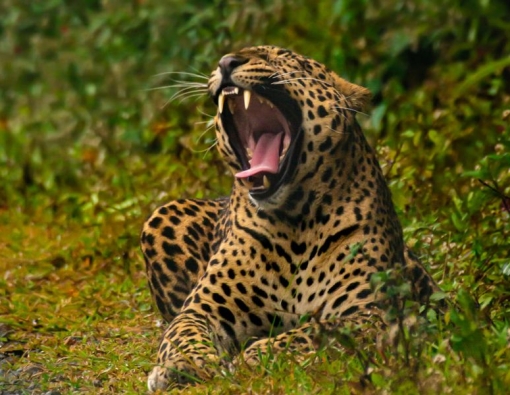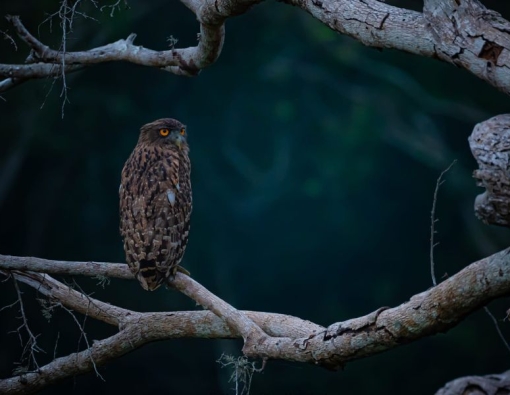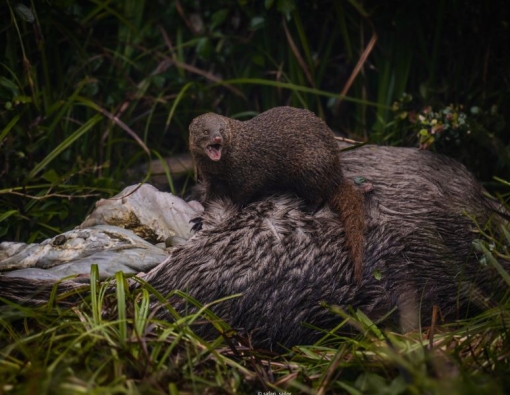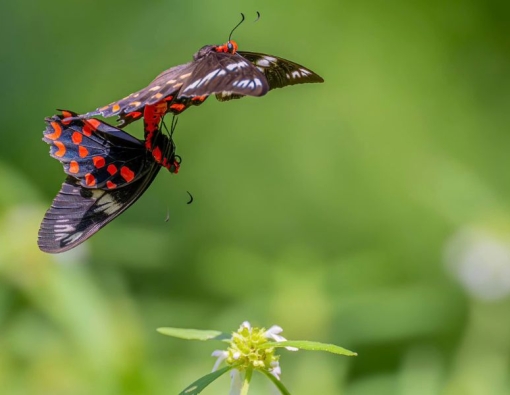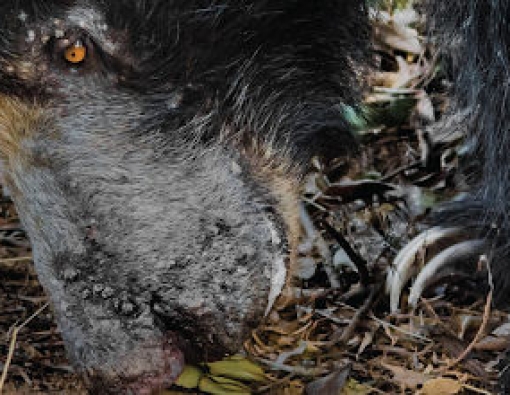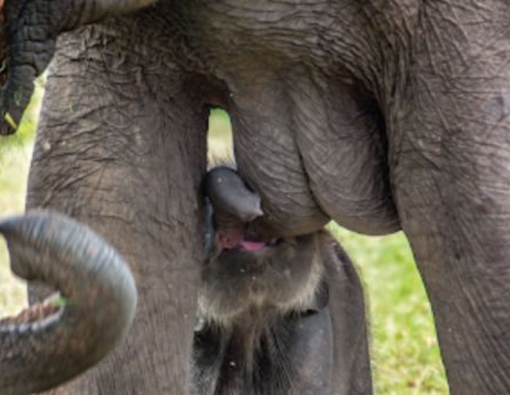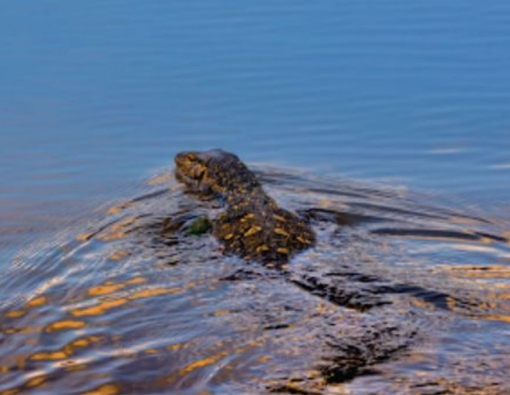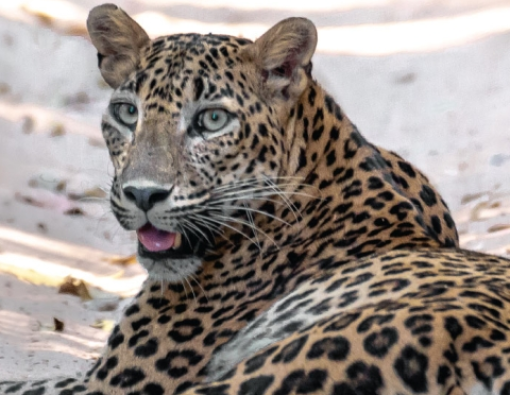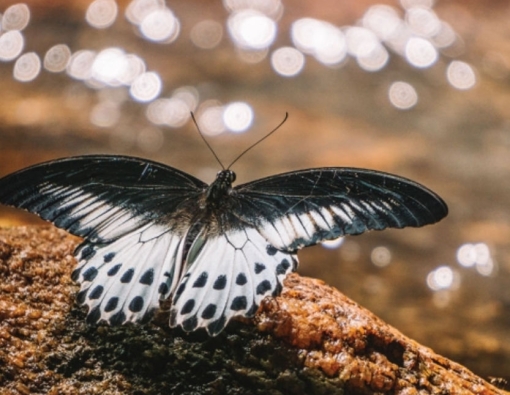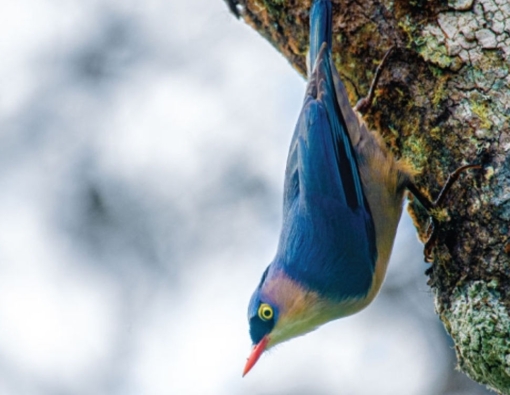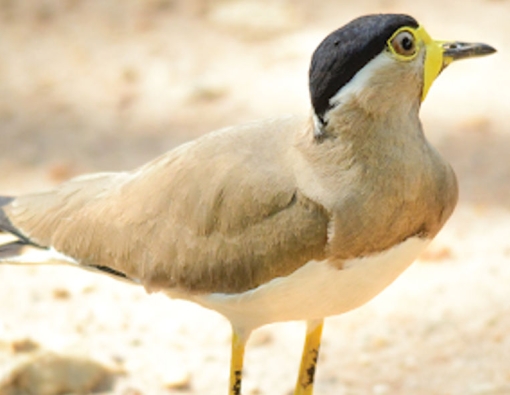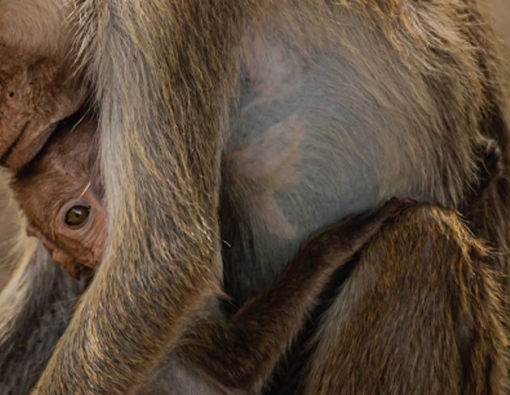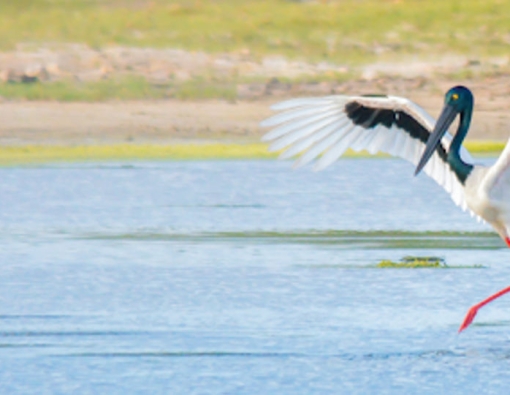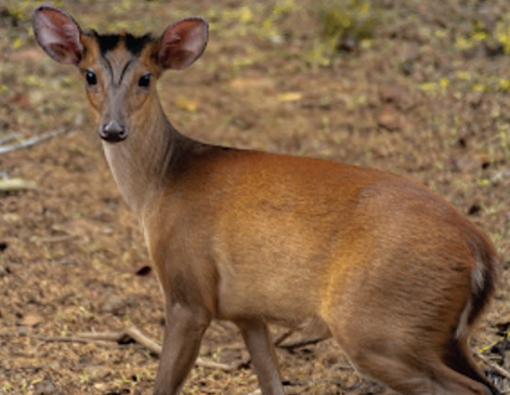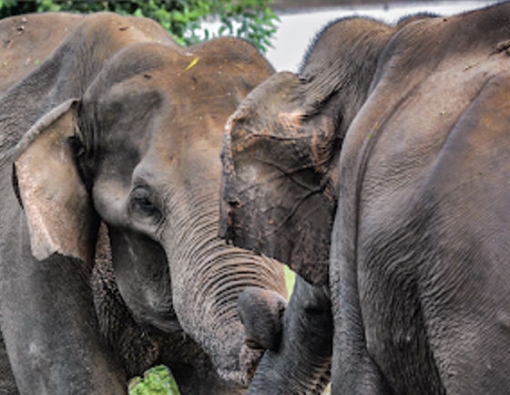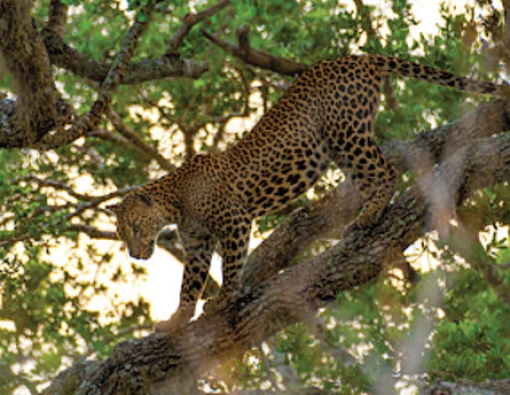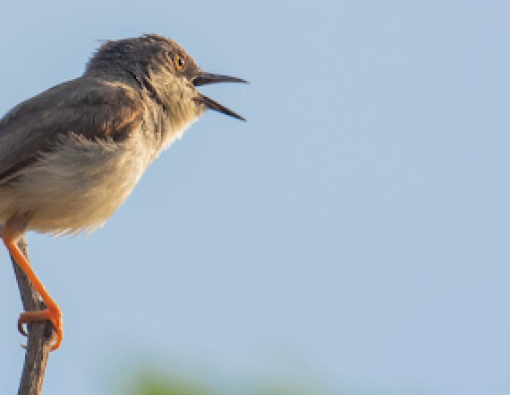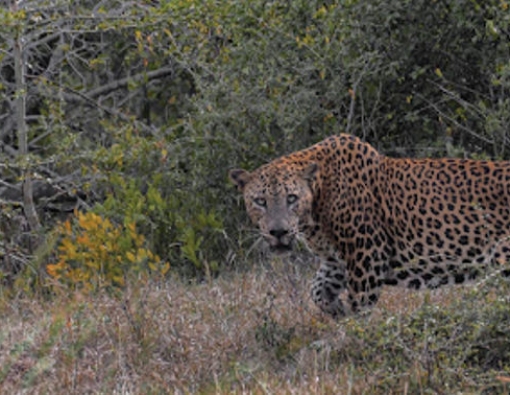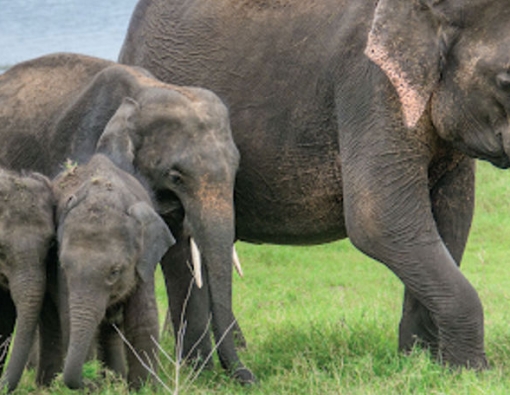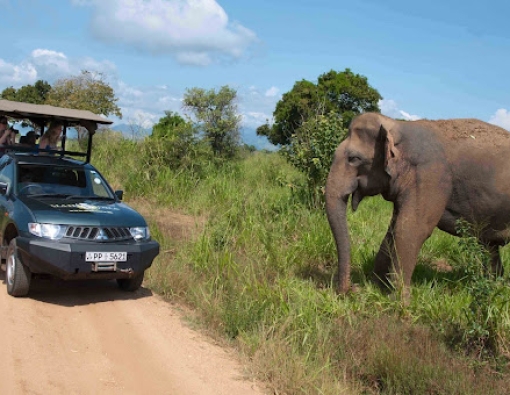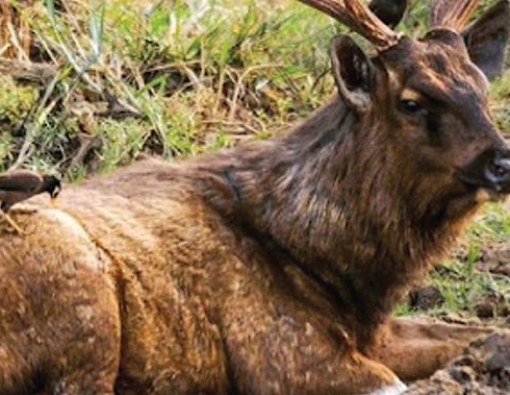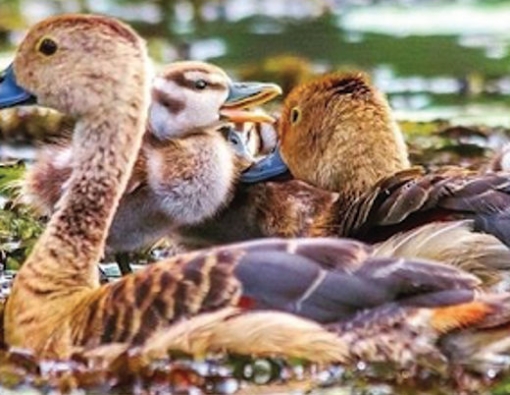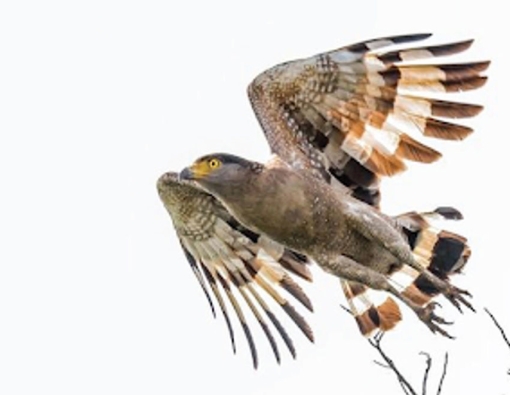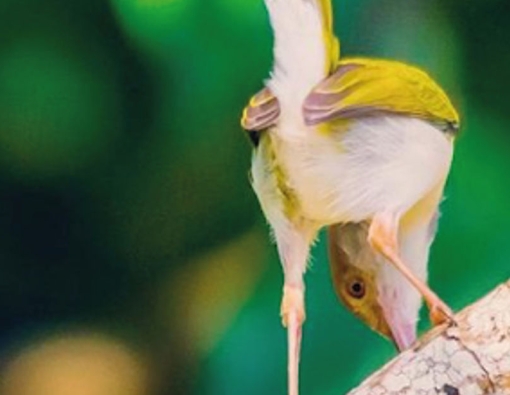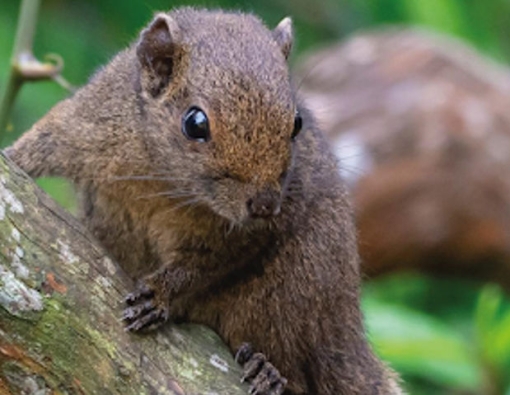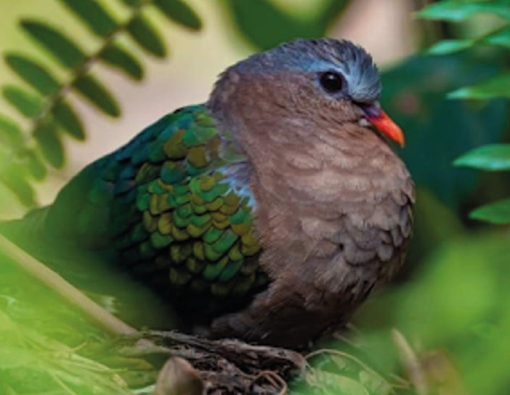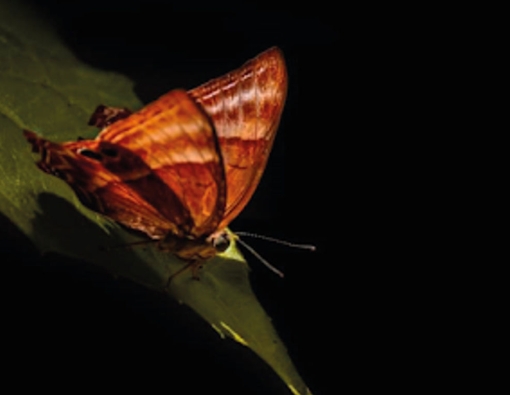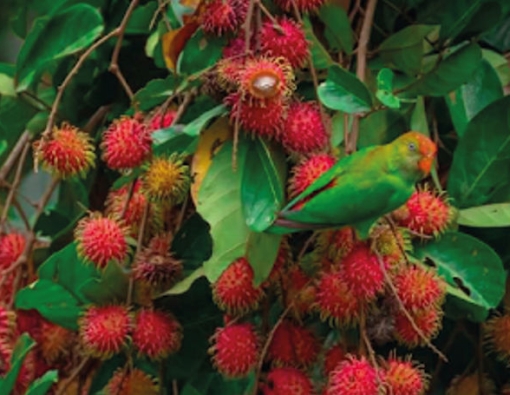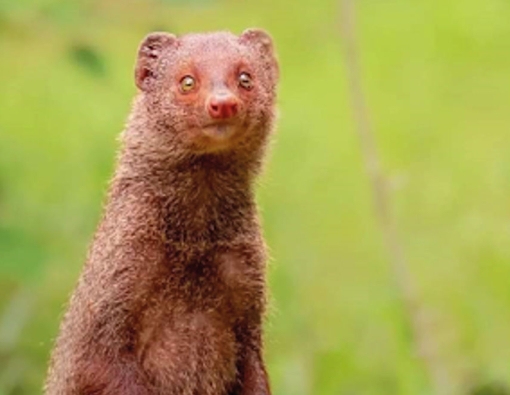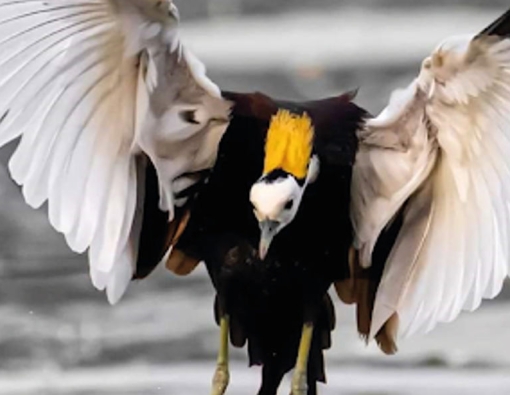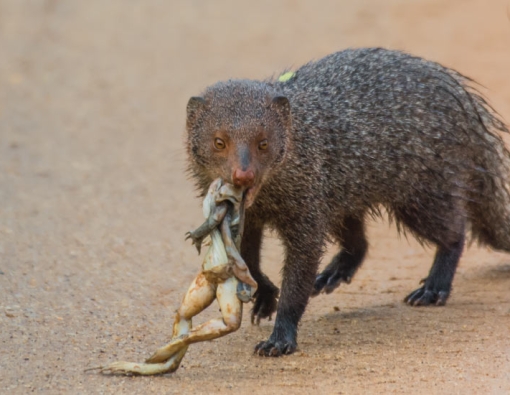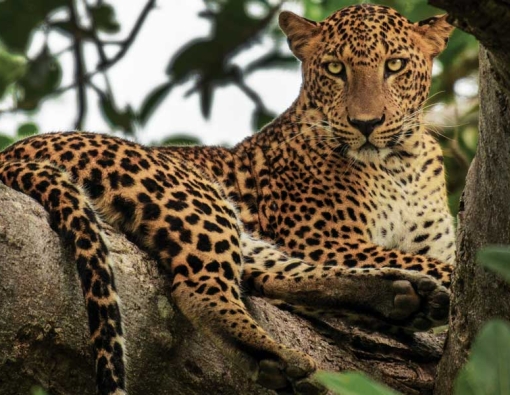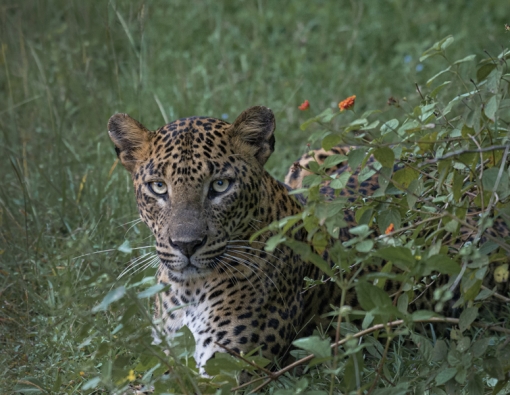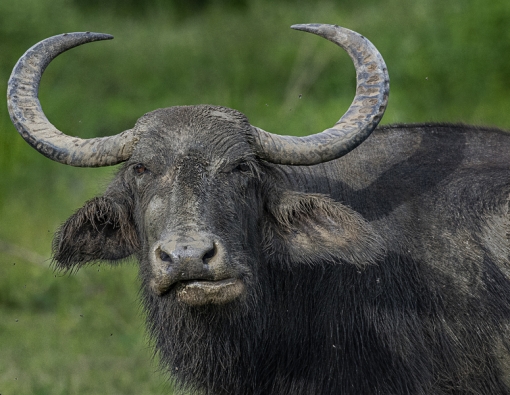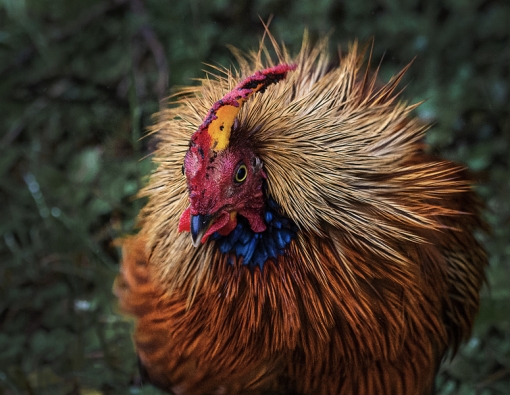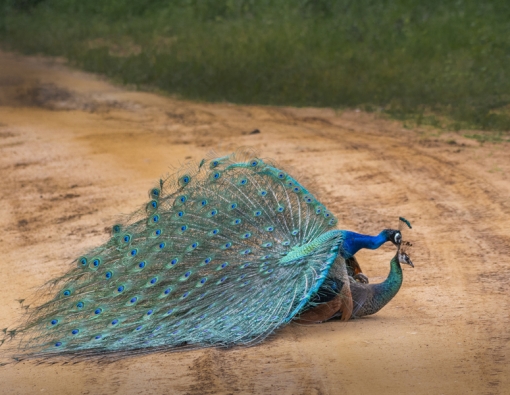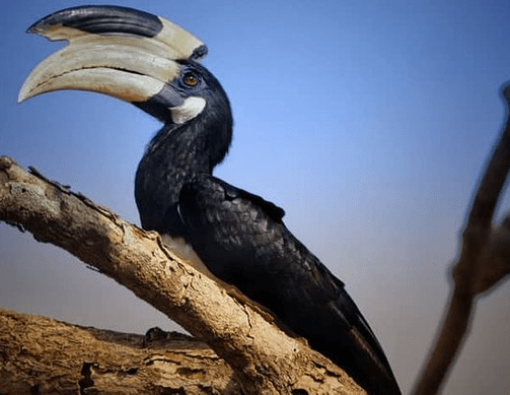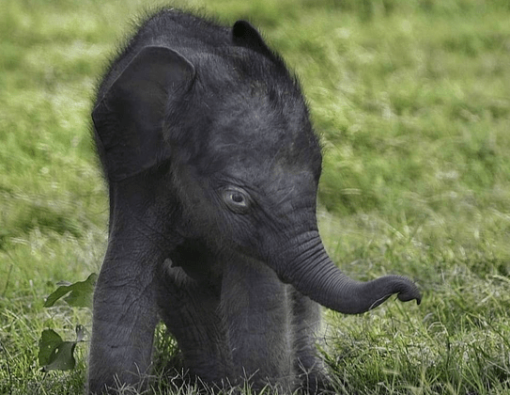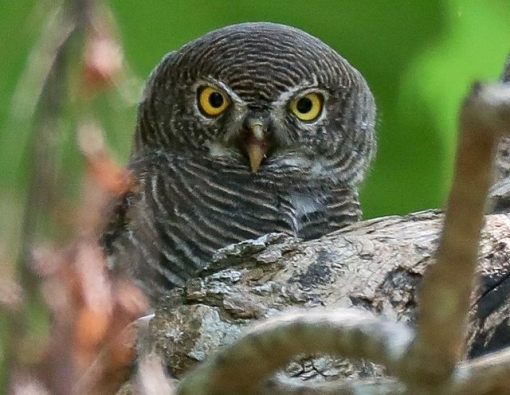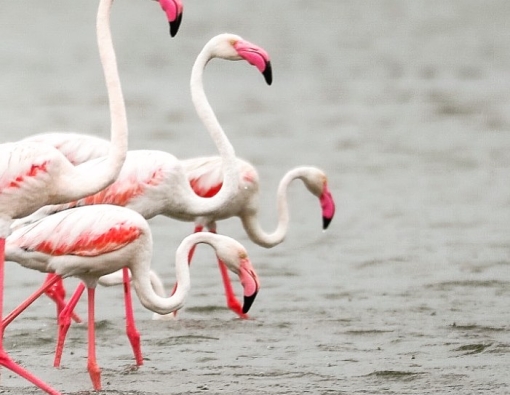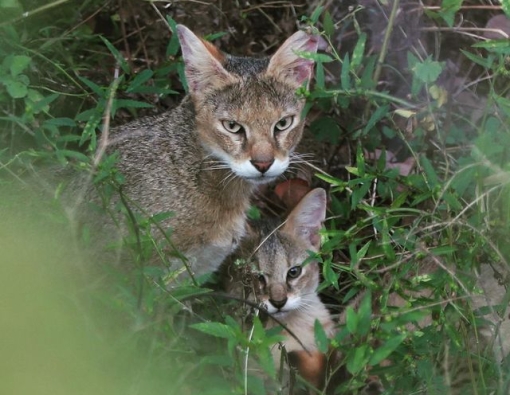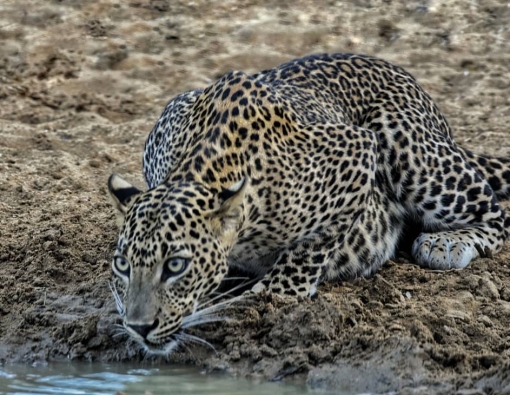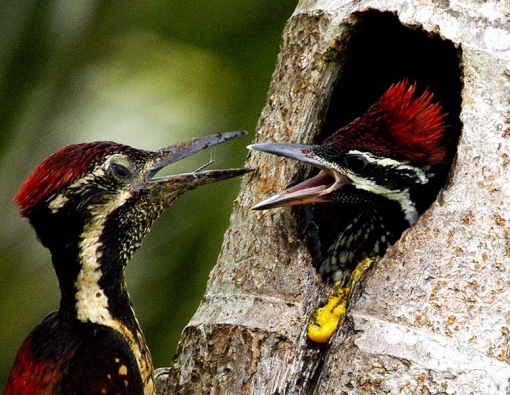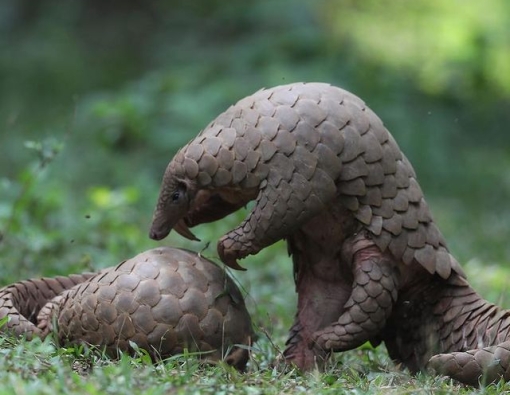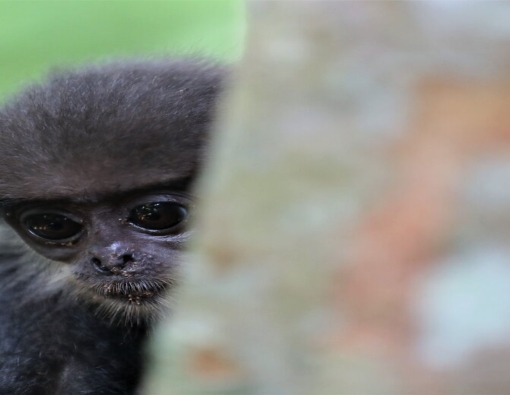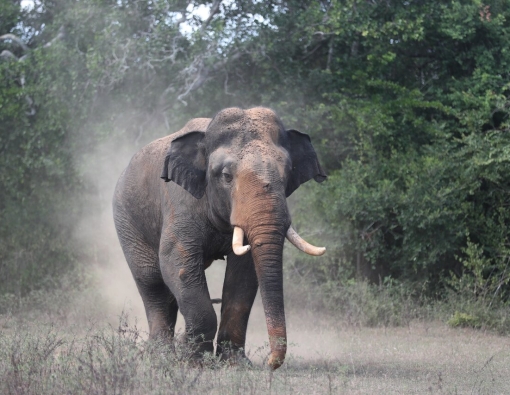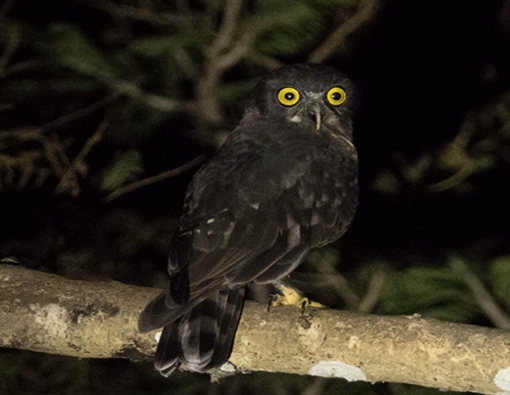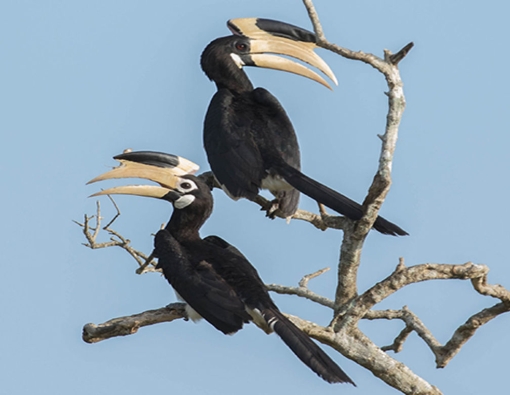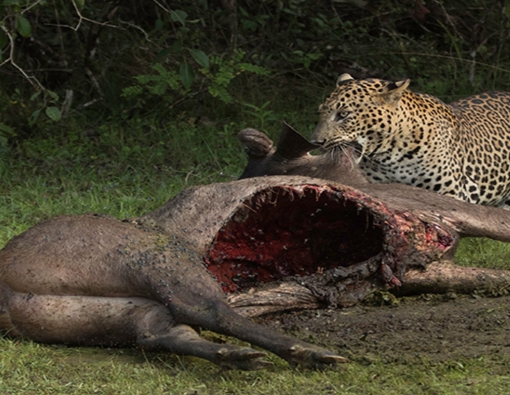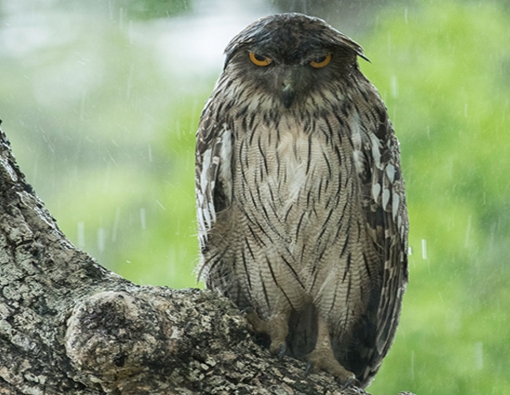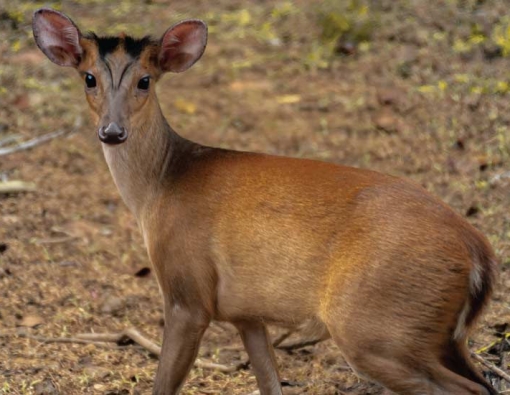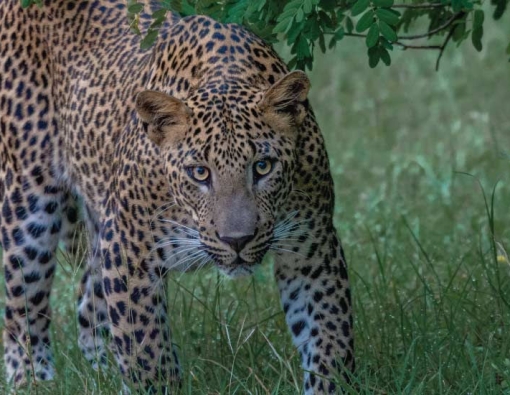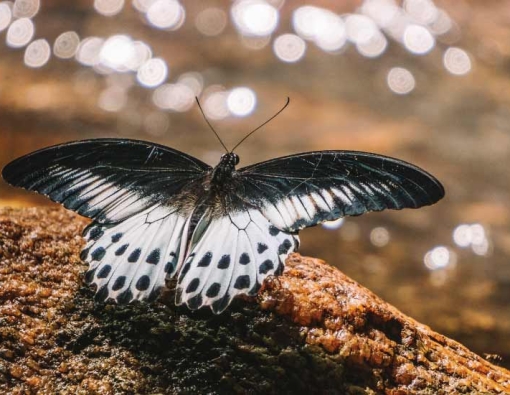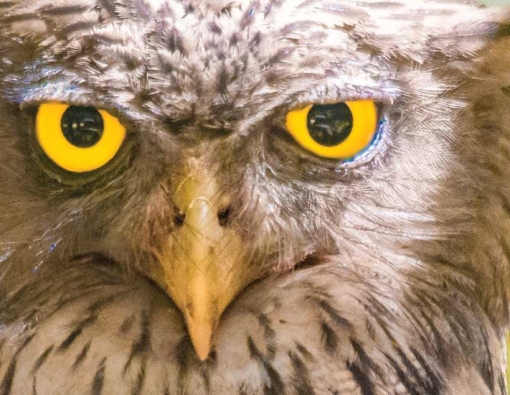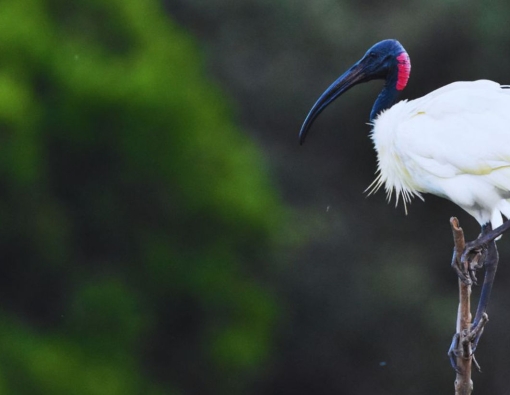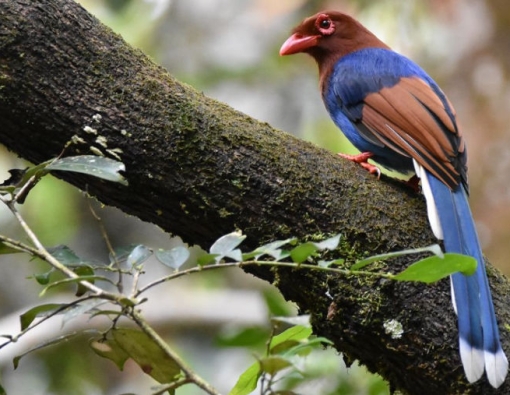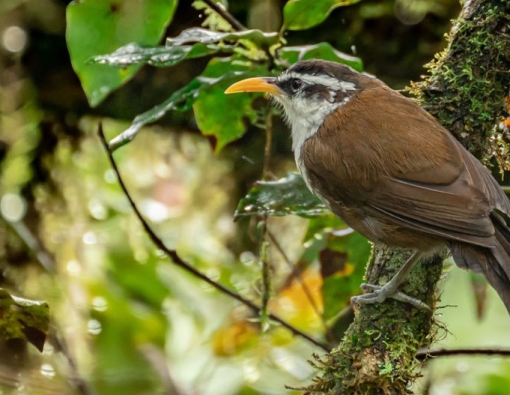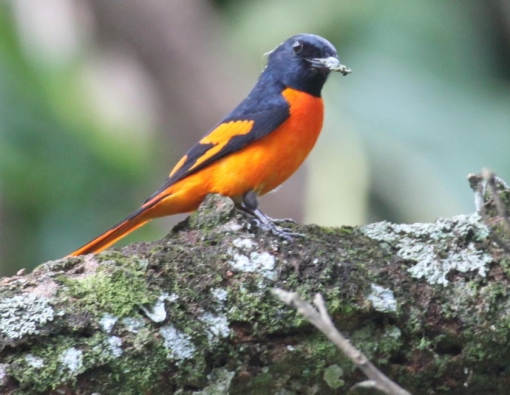“Sri Lanka’s Wild Life Marvels”
“Sri Lanka’s Wild Life Marvels”
“Sri Lanka’s Wild Life Marvels”
Presenting the “Odd Couple” of the Sri Lankan Rainforests.
What would you say if I tell you that I can show you “Aragog” and “Kermit” living together??
Would you believe it? Well… why don't you come down to Sri Lanka and take a walking safari through our world famous rainforest - Sinhajara - with one of the naturalists while staying with Explorer by Eco Team - Mobile Tented Camps Sinharaja, and you will most probably get a chance to see this.
Have I confused you? Well, let me explain then…
The “Aragog” of Sri Lanka
spider1The star of this story is, of course, this specific species of spiders called the “Fringed Ornamental Tiger Spider” (poecilotheria ornata), also known as “Yellow-Legged Tiger Spider” which is a large arboreal tarantula endemic to our beautiful island. They are easily distinguished from the other spiders by their distinct yellowish-purple and almost bright blue patched body colour in females, while the males sport a dark green to brown colour. They also possess a bulging body with menacing hairs around and they can grow to a width of almost 10 - 12 inches across…
Sounds like a real creepy crawly... right?
Although mildly poisonous and very imposing to see, they are quite harmless and have a pretty docile nature. They prefer to show off their fangs and “flee” rather than “fight” if confronted!
They are widely popular in the “Exotic Pet Trade” all over the world. Not too sure how they smuggled this animal out of the island, but sadly accounts for another classic example of bio - piracy.
Our local “Kermit”
This guy is scientifically known as Uperodon nagaoi, in addition to the Nagao's pug-snout frog. This tiny critter which grows like 1 inch maximum, is also endemic to Sri Lanka. These frogs are from the family of Microhylidae – or narrow-mouthed frogs – and are not exactly the superstars of the frog world: they’re only really popular to specialists like Explorer By Eco Team Naturalists. Although this particular frog boasts of over 570 species distributed across the world, they don’t get too much attention.
But now to the fun part … they live together.
Oh yes… in the same tree hollow with their extended families!


“Sri Lanka’s Wild Life Marvels”
Our local “Kermit”
This guy is scientifically known as Uperodon nagaoi, in addition to the Nagao's pug-snout frog. This tiny critter which grows like 1 inch maximum, is also endemic to Sri Lanka. These frogs are from the family of Microhylidae – or narrow-mouthed frogs – and are not exactly the superstars of the frog world: they’re only really popular to specialists like Explorer By Eco Team Naturalists. Although this particular frog boasts of over 570 species distributed across the world, they don’t get too much attention.
But now to the fun part … they live together.
Oh yes… in the same tree hollow with their extended families!
The Extended Family Arrangement
frog1The frog and the tarantulas share tree holes, and the holes also contain eggs and/or juveniles of the spider, or of the frog, or of both ‘partner’ species.
Isn't that just awesome?
But why do they do this?
If you refer to the size comparison of the two species - I have given above -the spider can easily make a nice evening “snack” out of the frog… Lol…. but it won’t… cos there is “mutualism” in the middle.
By the way, the Campsite provides a lovely evening tea buffet with so many yummy “snacks” after a nice walking safari through the rainforest with Explorer By Eco Team - Tented Camps - Sinharaja. Truly an amazing way to spend your holiday in Sri Lanka… You should definitely try it.
Ok...back to our story -
“Sri Lanka’s Wild Life Marvels”
Complex relationships: commensalism?… or mutualism?
So, many research papers frequently refer to these microhylid-tarantula associations as examples of commensalism.
Commensalism, as I’m sure you know, is the phenomenon whereby species strike up a relationship that is beneficial to one, but has no real cost or benefit to the other.
If these microhylidae frogs and spiders do have a commensal relationship, I presume the thinking is that the frog receives protection from predators thanks to its association with the spider, but that the spider gets nothing in return.
However, recent studies have shown that there are indications that things are more complicated than this.
The frogs seem to benefit through their association with a large, formidable predator: presumably, the risk of predation from snakes and so on is lessened thanks to the presence of the spider, and indeed the snakes, geckos, mantids and other frog-eating predators normally found in tree holes of Sri Lankan rainforests, were absent from those frequented by the spider Poecilotheria.
And the spider seems to benefit in that the frogs eat the ants that might ordinarily attack the spider’s eggs. Due to their small size, ants are presumably difficult for the spiders to deal with, and they might be effectively helpless against them.
So, both the frogs and the tarantulas seem to benefit from the association of their ‘partnership’. If this is so, then we’re not seeing commensalism, but mutualism. Mutualism is more sophisticated than commensalism, and describes the condition whereby both species gain benefit from the relationship.
So that's how “Aragog” and “Kermit” live together...
Isn't nature so awesome…
Diversity of Spiders and Amphibians in Sri Lanka
As of now, both these critters are protected under the Sri Lankan Law - given both are in the IUCN red list of endangered species. Habitat loss, illegal exotic pet trade and global warming have become major threats to these critters and it might not be too long before we lose them forever -unless all of us act fast towards a real change.
This is sadly true for almost all the 589 species of spiders, belonging to 50 families and 294 genera found in Sri Lanka. Out of these, 318 are endemic spiders to Sri Lanka with 17 endemic genres. Similarly, there are 120 species of amphibians that are currently found in the island, including the 104 endemics.
So if you ever come down to Sri Lanka for your holiday, talk to local experts in wildlife like the Explorer by Eco Team Camp and try to have a peek into these wonderful creatures’ secret lives - before it's too late...
I'm sure you will be fascinated just as I was…
So finally, do you know any other weird but interesting “Odd Couples from the Wilderness” ???
Do let us know…we would love to hear from you.
(Image Credits : Sanjaya Kanishka/2019)

